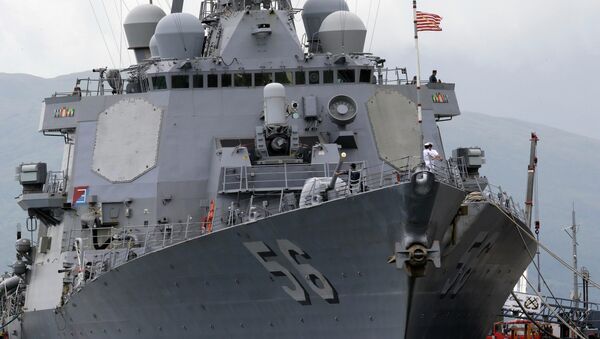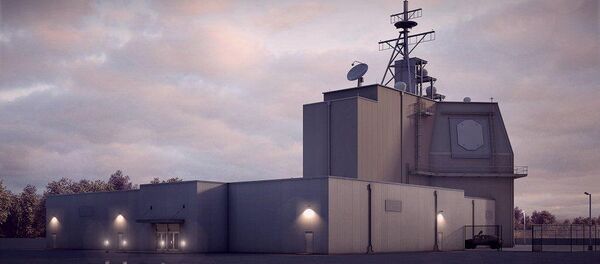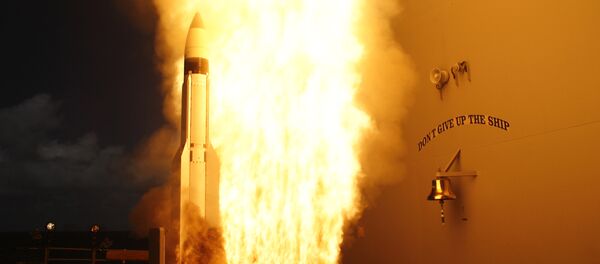“The flight test… demonstrated successful intercepts of short-range ballistic missile and cruise missile targets by the USS [United States Ship] John Paul Jones,” the MDA stated.
Using the Aegis ballistic missile defense system, the Arleigh Burke-class Guided Missile Destroyer tracked and destroyed incoming ballistic missile threats in four separate events during tests in Hawaii.
The tests come on the heels of more than 30 similar tests to improve the US ballistic missile defense system.
The United States expanded the development and deployment of ballistic missile defense systems following its 2002 withdrawal from the Anti-Ballistic Missile (ABM) Treaty.
The ABM Treaty, signed by the United States and then Soviet Union in 1972, aimed to limit the numbers and locations of both countries’ ABM sites.
The program includes the deployment of Aegis ballistic missile defense-capable ships deployed in the Mediterranean Sea and Aegis Ashore interceptor sites in Romania and Poland.
Russia has repeatedly expressed concern over the creation of an US-designed ballistic missile defense system in Europe, approved in 2010, during a NATO summit in Lisbon. A group of European countries, including Poland, Romania, Spain and Turkey, agreed to deploy elements of the system on their territories.
In April 2015, the US Department of Defense announced it would locate 60 percent of its military fleet to the Pacific-Indian Ocean area, including warships fitted with Aegis ballistic missile defense system.
The US and NATO continue to claim the ballistic missile defense systems are aimed primarily at countering threats from Iran and North Korea.




